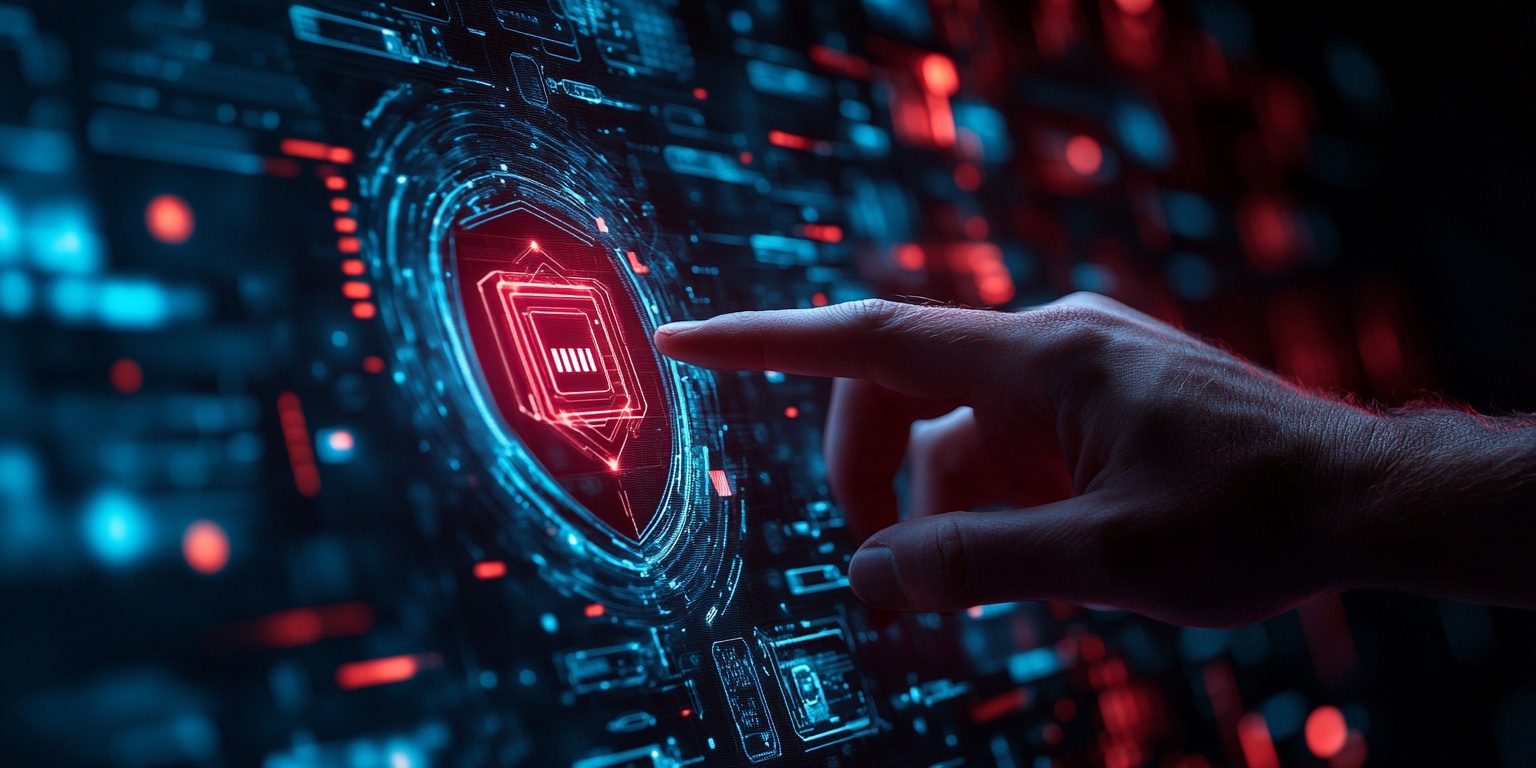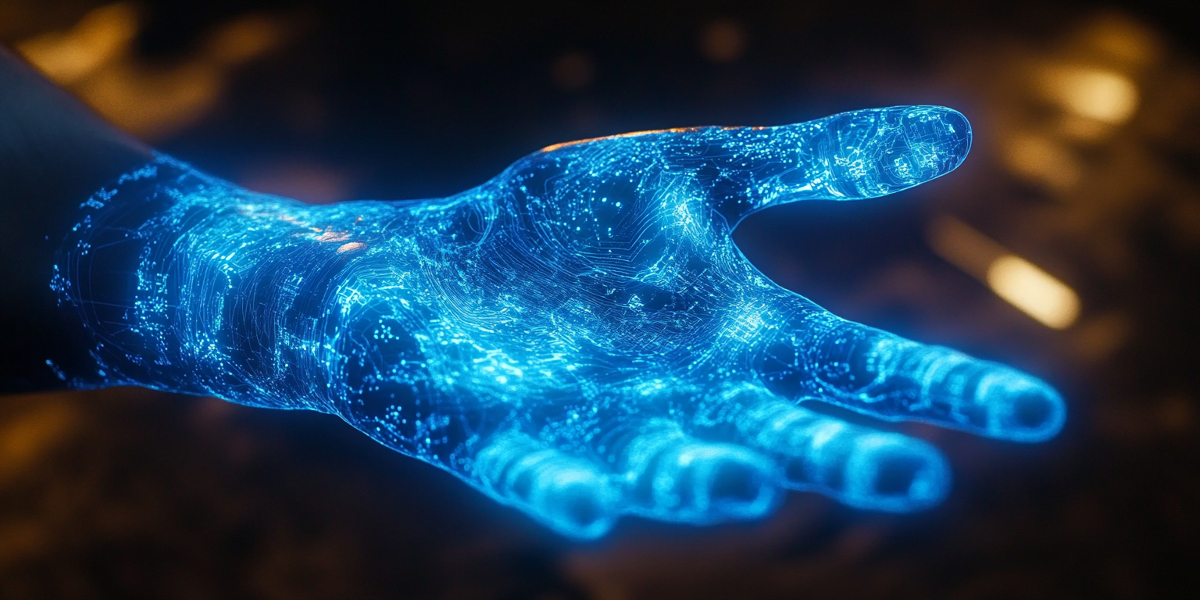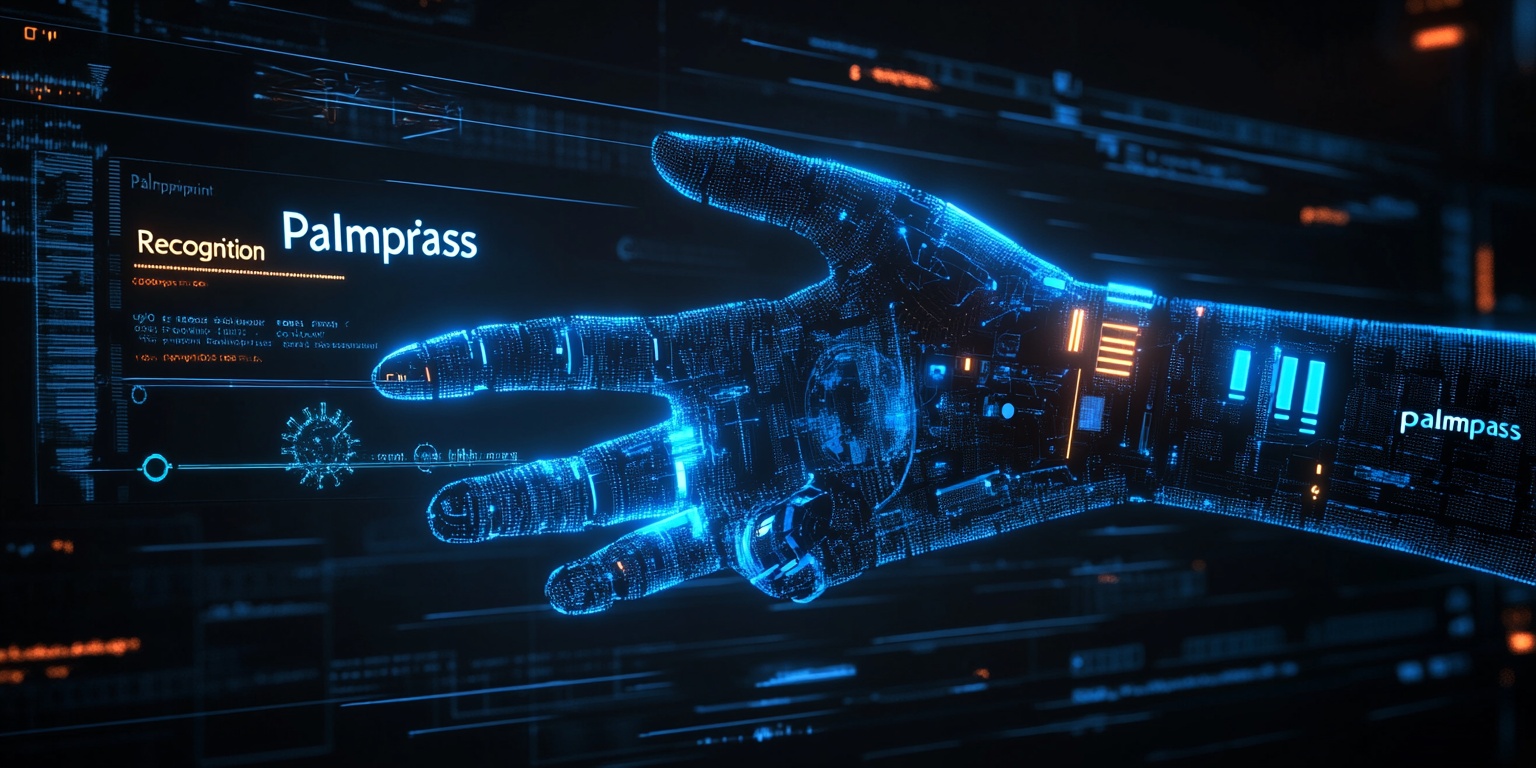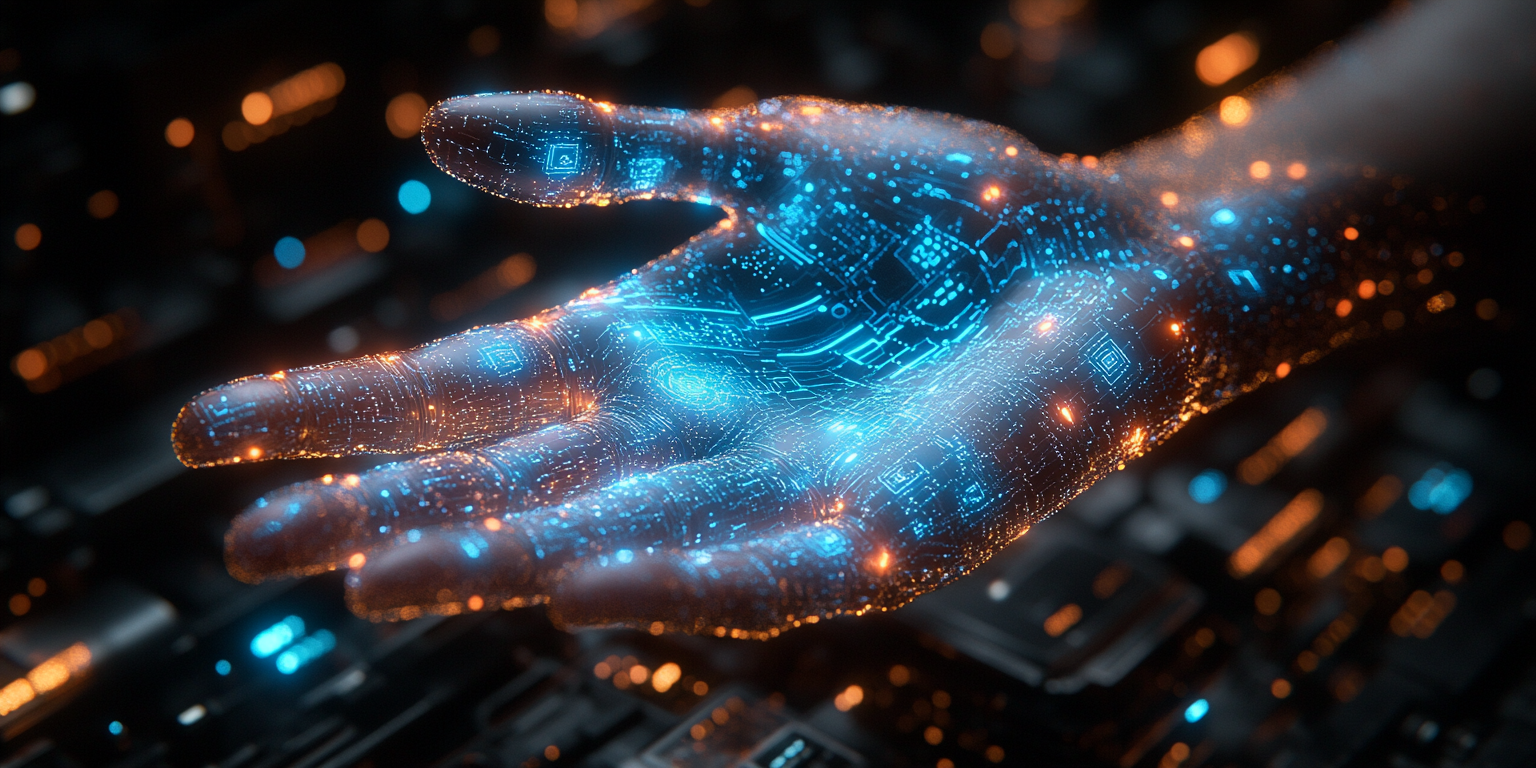Face Recognition Algorithm
Face recognition algorithms, crucial for security and personalization applications, involve detecting, aligning, and matching facial features using techniques like PCA, LDA, HOG, and CNNs, while addressing challenges related to privacy, bias, and security.
Face recognition is a rapidly evolving technology that plays a crucial role in various applications, from unlocking smartphones to enhancing security at airports. This technology identifies or verifies a person's identity by analyzing their facial features. The core of this technology lies in sophisticated algorithms that process and compare facial data.
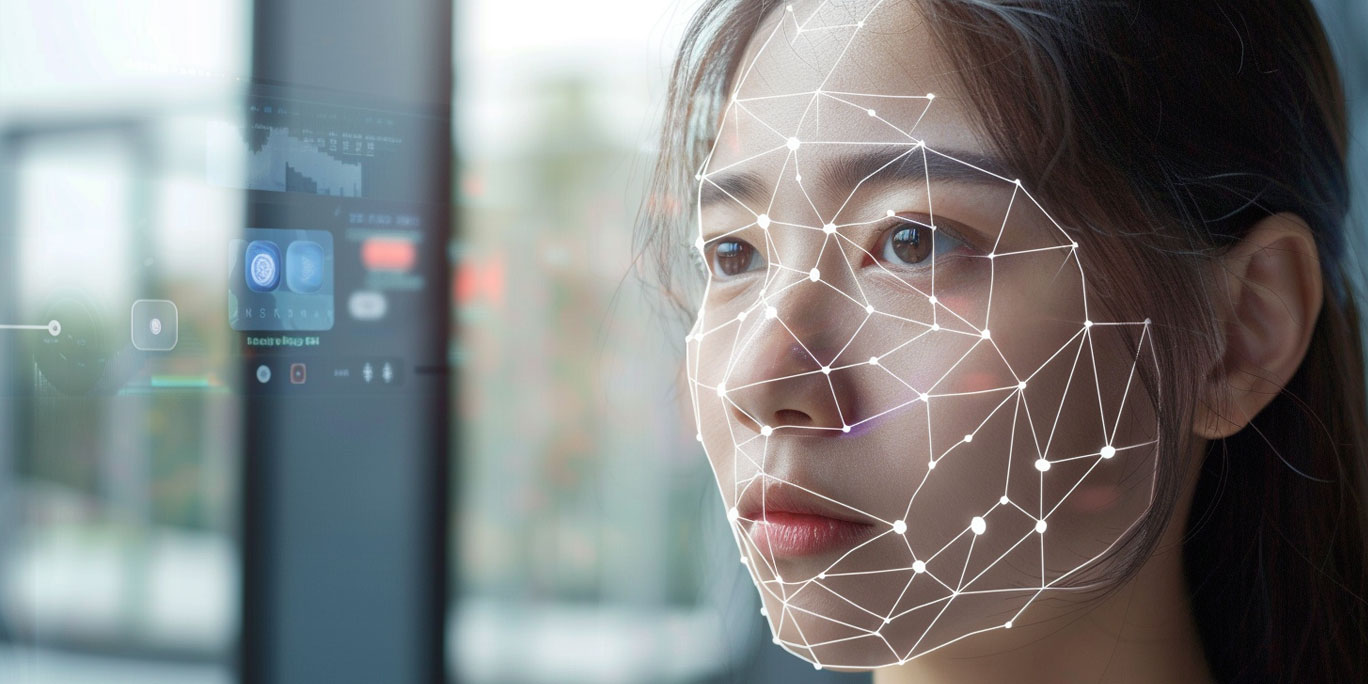
How Face Recognition Algorithms Work
Face recognition algorithms operate through several key steps:
Face Detection: The algorithm first locates the presence of a face in an image or video frame. This step involves distinguishing faces from other objects in the background.
Face Alignment: Once a face is detected, it is normalized for further processing. This step corrects the orientation and scale of the face to ensure consistency.
Feature Extraction: The algorithm extracts unique facial features, such as the distance between the eyes, the shape of the nose, and the contour of the lips. These features are often referred to as "landmarks."
Feature Matching: The extracted features are compared against a database of known faces. This comparison involves complex mathematical models that determine the similarity between the input face and the stored faces.
Decision Making: Based on the similarity scores, the algorithm makes a decision. If the similarity exceeds a certain threshold, the face is recognized as a match; otherwise, it is not.
Types of Face Recognition Algorithms
Several types of algorithms are used in face recognition, each with its advantages and limitations:
Principal Component Analysis (PCA): PCA reduces the dimensionality of the face data, capturing the most significant features. It is simple and effective but can struggle with variations in lighting and facial expressions.
Linear Discriminant Analysis (LDA): LDA enhances class separability by finding the linear combinations of features that best separate different classes. It is useful for distinguishing between multiple individuals but may require a large dataset.
Histogram of Oriented Gradients (HOG): HOG captures the gradient structure of the face, making it robust to lighting changes. It is widely used for real-time applications.
Convolutional Neural Networks (CNNs): CNNs are deep learning models that automatically learn hierarchical features from the face data. They are highly accurate and can handle a wide range of variations but require substantial computational resources and large datasets for training.
Applications of Face Recognition Algorithms
Face recognition algorithms are applied in various fields, including:
Security and Surveillance: Used in airports, border control, and public spaces to identify and track individuals for security purposes.
Access Control: Employed in smartphones, laptops, and secure facilities to grant access based on facial recognition.
Social Media: Platforms like Facebook use face recognition to tag individuals in photos and enhance user experience.
Healthcare: Used for patient identification, monitoring, and even diagnosing certain medical conditions.
Retail: Helps in enhancing customer experience by recognizing regular customers and personalizing services.
Challenges and Future Directions
Despite its success, face recognition technology faces several challenges:
Privacy Concerns: The widespread use of face recognition raises significant privacy issues, as it can be used for unauthorized surveillance and tracking.
Bias and Fairness: Algorithms can exhibit biases, leading to unfair treatment of certain demographic groups. Ensuring fairness and reducing bias is an ongoing area of research.
Security Threats: Face recognition systems can be vulnerable to spoofing attacks using photos, videos, or 3D models. Developing robust anti-spoofing measures is crucial.
The future of face recognition lies in improving algorithmic accuracy, addressing ethical concerns, and expanding its applications in a responsible manner. Advances in machine learning and artificial intelligence will continue to enhance the capabilities of face recognition systems, making them more reliable and versatile.
Conclusion
Face recognition algorithms are at the forefront of biometric technology, offering powerful solutions for security, convenience, and personalization. As the technology evolves, it is essential to balance innovation with ethical considerations to ensure its benefits are realized without compromising privacy and fairness.




